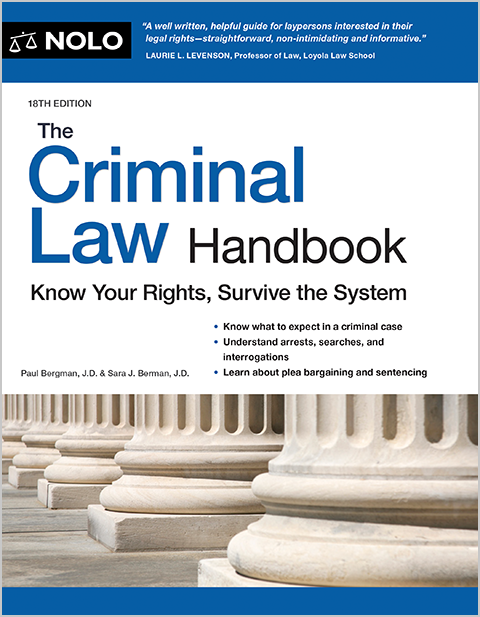Railroad retirement and disability benefits are as good as or better than Social Security benefits. Find out how much you can get after 10, 20, or 30 years in service.
An advantage of working in the railroad industry is eligibility for benefits under the Railroad Retirement Act. This federal law provides retirement and disability annuities for workers and their spouses, along with survivor benefits for families of deceased workers.
Railroad retirement benefits (RRB) are calculated using a two-tiered system, which means they generally pay more than Social Security retirement. But like Social Security, you must meet specific work and age requirements to qualify for RR retirement benefits. And to receive railroad disability benefits, you must qualify as disabled.
Who Is Eligible for Railroad Retirement Benefits?
To receive railroad benefits, you must have worked for an employer covered by the Railroad Retirement Act. Regulations under the Act broadly define an employer to include carriers who perform any service in transporting property or passengers by railroad.
You can qualify for Tier I railroad retirement benefits, which are similar to Social Security retirement, after 10 years (120 months) of service with a covered employer. But you'll also qualify if you have 5 years (60 months) of covered railroad employment performed after 1995. And you get credit for the entire month even if you only worked one day that month.
When Can You Get Railroad Retirement Benefits?
Unlike Social Security, you might not have to wait until full retirement age (67 if born in 1960 or later) to receive full RR retirement benefits. That's because when you can start receiving railroad retirement benefits (described as age and service annuities) isn't based solely on your age. It also depends on how many years you've worked in the railroad industry.
If you have 30 years or more of covered employment, you can receive full retirement benefits starting the first full month after you turn 60. Exactly how much your railroad retirement benefit will be after 30 years depends on how much you've earned working in the railroad industry.
If you have at least 5 years but less than 30 years (60 to 359 months) of service in the railroad industry, you must wait until you reach full retirement age to receive full retirement benefits. And like Social Security retirement benefits, you can begin receiving RR retirement benefits at age 62, but your benefits will be permanently reduced if you retire early. Similarly, your benefit amount will increase if you delay retirement past your full retirement age.
Railroad Retirement Benefits for Your Spouse
If you're a covered railroad employee, at least 60 years old, and have worked for 30 years, your spouse can elect to receive a spousal annuity beginning the first full month after turning 60. There is no early retirement reduction for claiming before before full retirement age since you worked for at least 30 years.
If you've worked less than 30 years but you're at least 62, your spouse can receive an annuity the first full month after turning 62. But these early retirement benefits (collected before full retirement age) are reduced (because you've worked less than 30 years for the railroad).
If your spouse cares for your minor child (under 18) or a child who became disabled before 22, your spouse can receive a spousal annuity at any age—as long as you're currently receiving railroad retirement benefits.
RR Retirement Survivor Benefits
RRB also provides survivor benefits for the dependents of covered railroad employees who die, including:
- widows and widowers
- children under age 18 (or who became disabled before age 22)
- financially dependent parents, and
- other dependents.
For your family to qualify for these benefits after your death, you must have worked for at least 10 years for a railroad employer or performed at least 5 years of railroad work after 1995.
In addition, for your dependents to receive survivor benefits, you must have had a "current connection" with the railroad industry at your time of death. To meet this requirement, you must have had railroad employment in at least 12 of the 30 consecutive months immediately preceding the month your retirement benefits began or the month of your death.
Railroad Retirement Benefits: Tier II
Railroad retirement benefits come with another layer of benefits (called Tier II benefits), which are similar to private-sector pension plans. To qualify for Tier II benefits, railroad workers must maintain a current connection to the railroad industry.
Tier II benefits are calculated based on your average income during your five highest-earning years and how long you worked in the railroad industry. The formula to get your benefit amount is 7/10 of 1% of your earnings average, multiplied by your years of covered railroad employment. So, after 20 years of service, you'll have a higher Tier II railroad retirement benefit than you would after just 10 years of service—even if your five highest earning years are the same.
Tier II benefits aren't just for railroad workers—they can also extend to your current spouse and survivors.
Eligibility for Railroad Disability Benefits
The Railroad Retirement Act also provides benefits to railroad employees who become disabled. But railroad retirement disability benefits differ from Social Security disability benefits in that the RRB provides two types of disability benefits to covered workers, for:
- total disability, and
- occupational disability.
Total Disability
You can receive a full railroad disability annuity if you can no longer perform substantial work in any job due to illness or injury (like with Social Security disability). RRB defines substantial work the same as Social Security's substantial gainful activity (SGA) standard (being able to earn $1,550 or more per month in 2024). You must also meet one of the following work requirements:
- you have at least 10 years of covered railroad employment, or
- you've worked in the railroad industry for at least 5 years after 1995, and you've worked and paid Social Security tax for at least 5 of the last 10 years (and earned 20 work credits).
The Railroad Retirement Board will want medical evidence showing that your impairment will last for at least one year or is expected to result in death. You can prove your disability with a functional capacity test or independent case evaluation that records your ability to:
- stand
- walk
- lift
- crouch
- stoop
- bend
- kneel, and
- climb.
Occupational Disability
Unlike Social Security, you don't have to be totally disabled to receive railroad disability benefits. You can qualify for occupational disability benefits if you have a current connection to the railroad industry and your medical condition prevents you from doing your regular railroad job. To be eligible for this partial disability benefit, you must be:
- between 60 and full retirement age and have at least 10 years of covered railroad employment, or
- under 60 with at least 20 years of covered railroad service.
You can work in another industry while receiving RRB occupational disability, but earning too much will affect your benefits. And you can't collect any RRB disability if you continue working in the railroad industry.
Appealing a Railroad Retirement or Disability Benefit Decision
If you're not happy with a decision on your RR retirement or disability claim, you can appeal. Like a Social Security appeal, there are four levels of appeal for railroad retirement and disability cases:
- reconsideration
- appeal to the Bureau of Hearings and Appeals
- appeal to the Railroad Retirement Board, and
- a court appeal.
If you disagree with an initial decision, you have 60 days to request a reconsideration from the Railroad Retirement Board. If you're unhappy with the reconsideration, you can appeal to the Bureau of Hearings and Appeals. You can present additional evidence at this appeal level.
If you're not satisfied with the hearing officer's ruling, you can appeal directly to the three-member Railroad Retirement Board. If that doesn't go your way, you could file an appeal with the U.S. Court of Appeals.
To get help filing a railroad retirement benefit appeal, or get your questions answered about the appeals process, contact your local Railroad Retirement Board field office in person or by phone at 877-772-5772. RRB field offices are generally open weekdays from 9 a.m. to 3 p.m.

